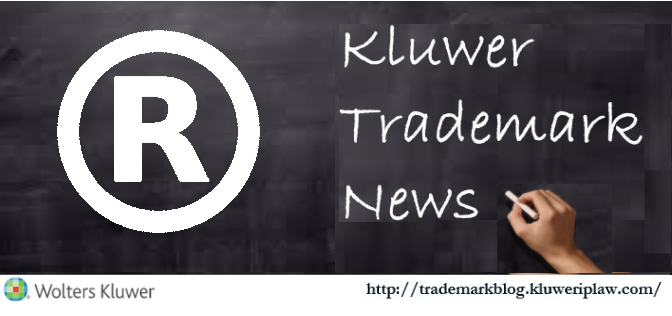Decision of the Swiss Federal Supreme Court in the FIFA v. PUMA case
The Swiss Federal Supreme Court upheld FIFA’s claim and found that the figurative marks “PUMA WORLD CUP QATAR 2022” and “PUMA WORLD CUP 2022” were misleading. At the same time, it ruled on the counterclaim by Puma that the trademarks “WORLD CUP 2022” and “Qatar 2022” refer descriptively to the World Cup event and are…


